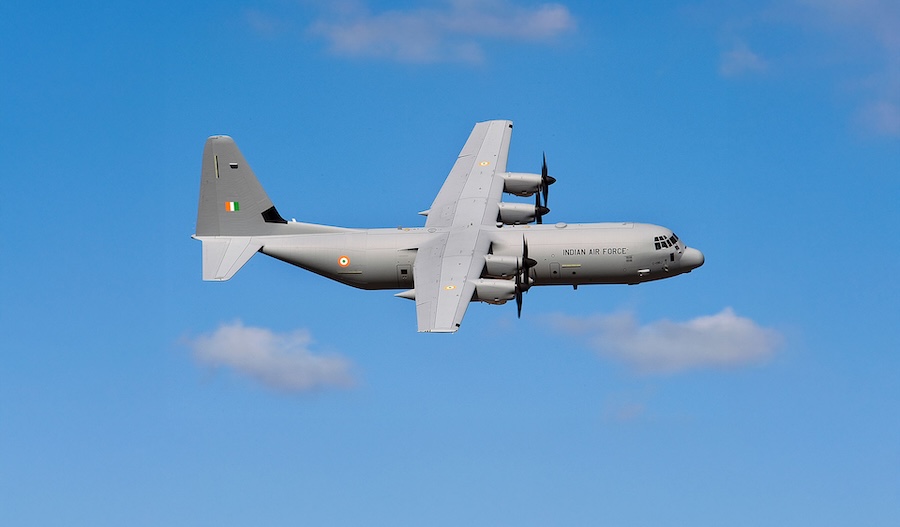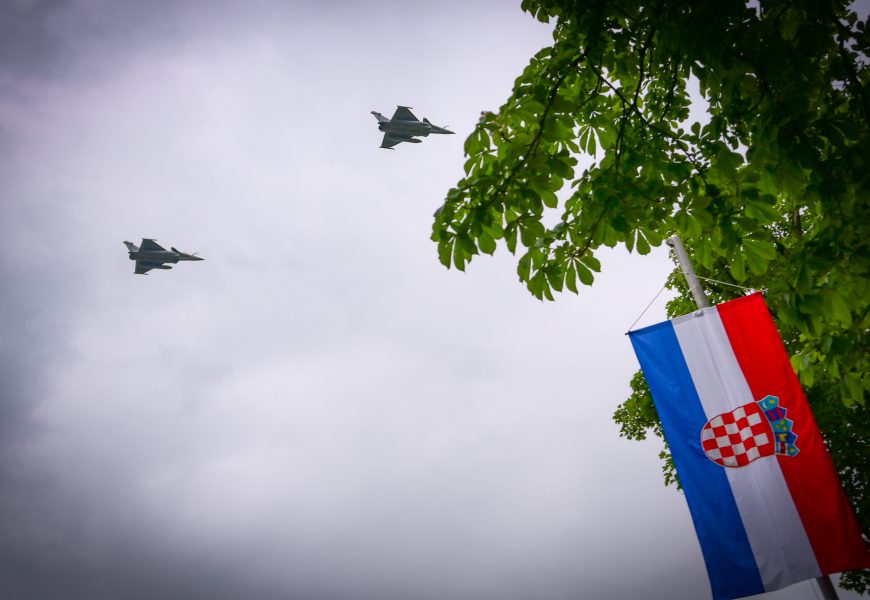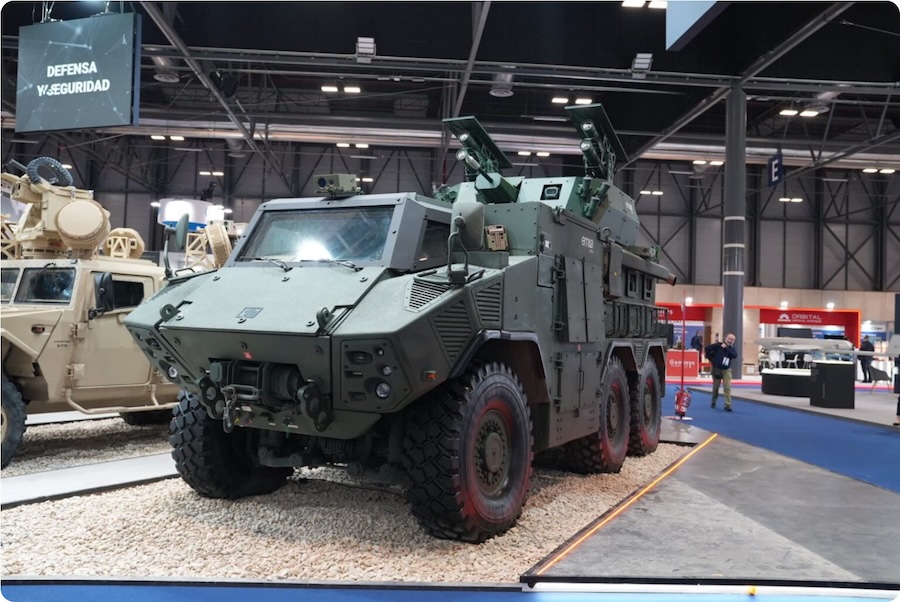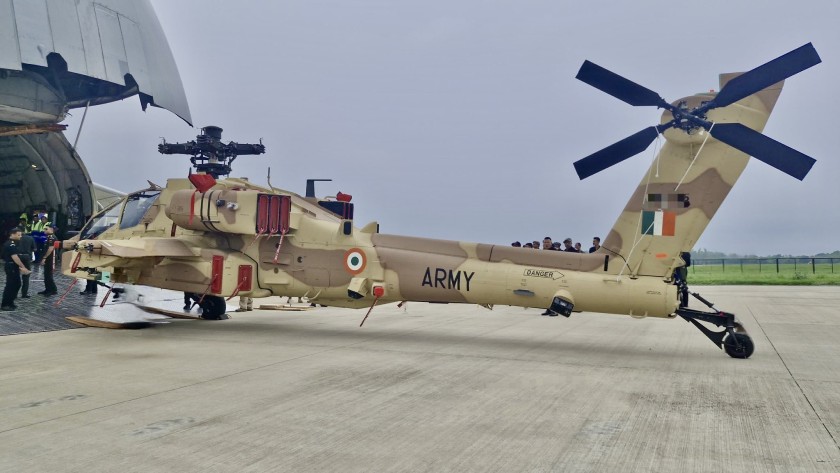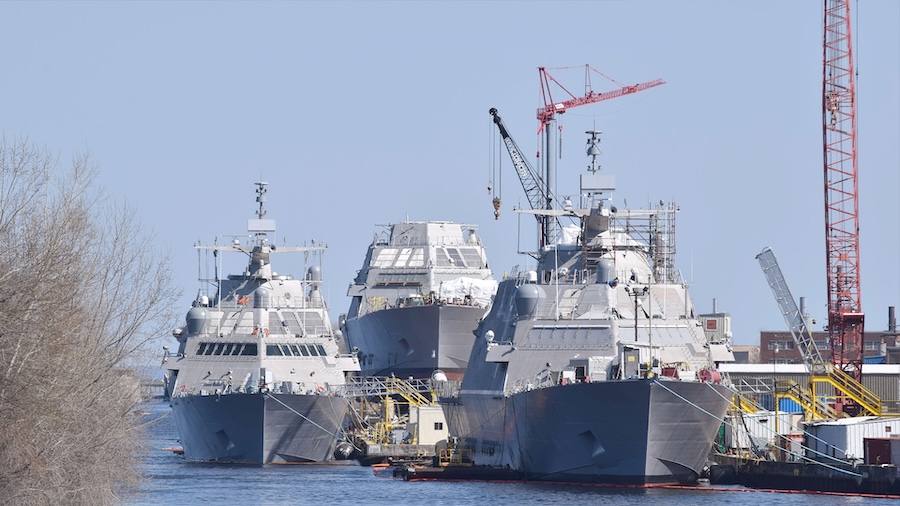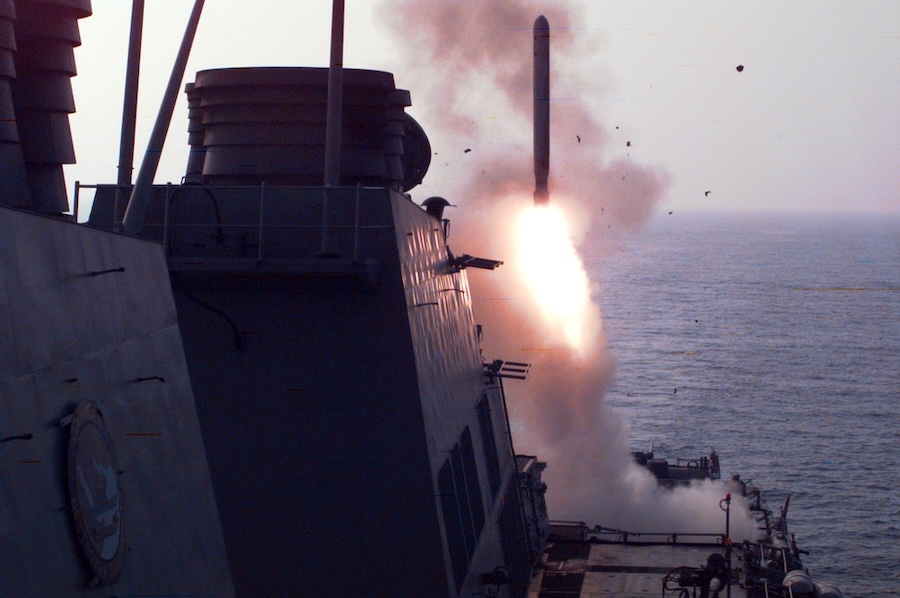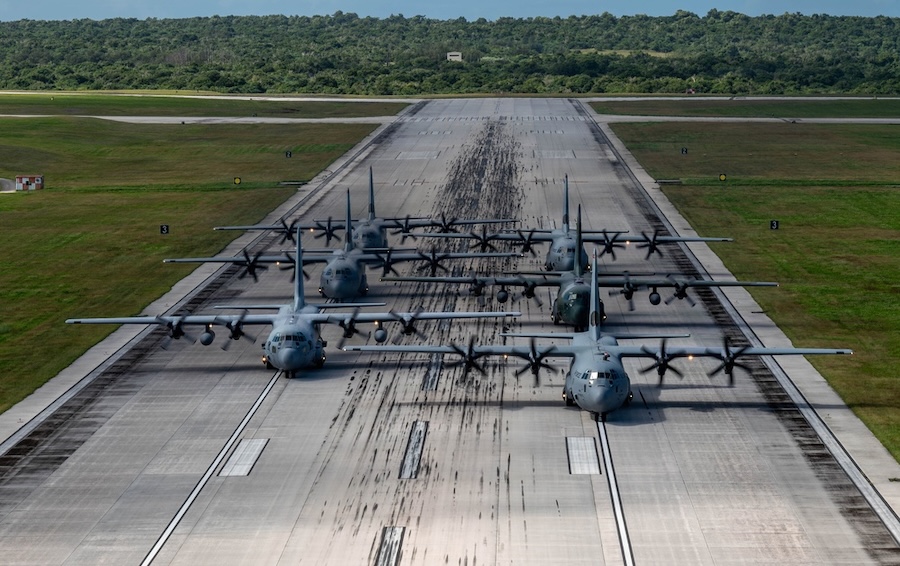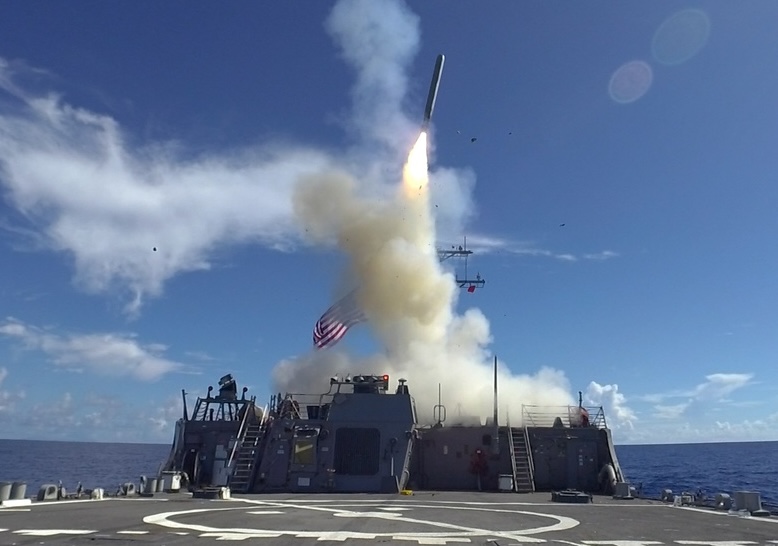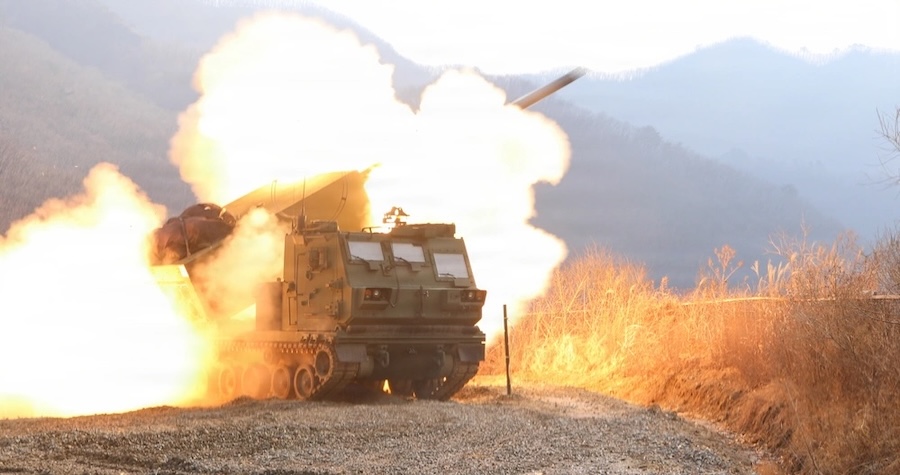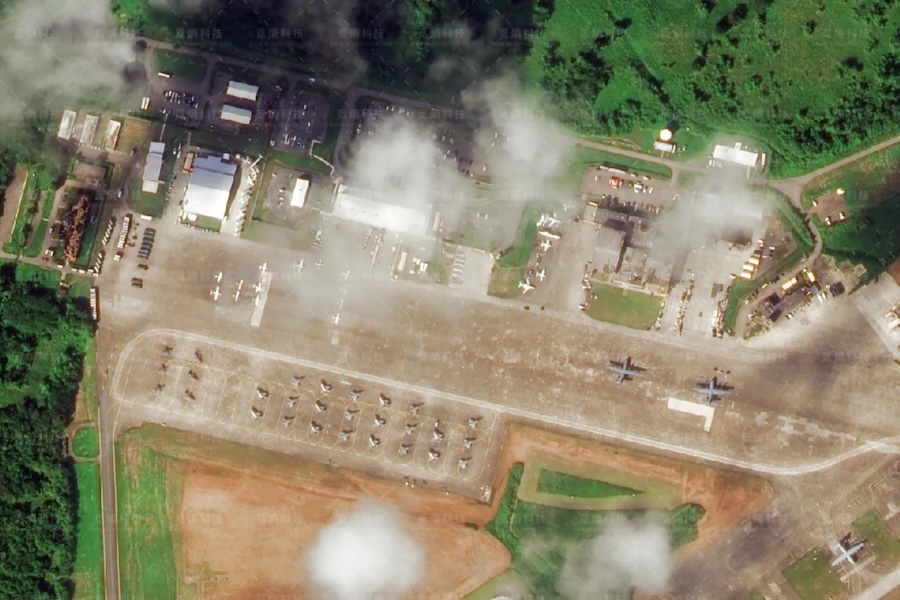The joint exercise, held at the Hohenfels Training Area in Germany and Bemowo Piskie Training Area in Poland, is aimed at enhancing preparedness against drone threats. According to Col. Matthew B. Davis, V Corps transformation chief and exercise director, “Project Flytrap is … a series of training events that we’ve designed to test and refine some new counter-unmanned aerial systems … and tactics to respond to the evolving threat of drone warfare.”
The exercise reflects the U.S. Department of Defense’s strategic push to strengthen drone capabilities across its forces. “The lessons learned from … recent conflicts highlighted this critical capability gap, and we’re looking for Project Flytrap to directly address those through the training,” Davis added.
Military personnel worked alongside industry experts to evaluate and refine various counter-drone systems in real-time combat scenarios. “What we’re doing here — think of the convergence of industry, of Army agencies with counter-UAS things that have been around and some that are emerging, taking it out of the labs, putting it in the field with combat soldiers,” said Col. Donald R. Neal, commander of the 2nd Cavalry Regiment.
Neal highlighted the value of real-time soldier feedback in improving technology: “The soldier gives feedback on what would make it work smoother, they make that change, they test it out, and they iterate on it.” This approach aligns with Defense Secretary Pete Hegseth’s recent directive, “Unleashing U.S. Military Drone Dominance,” which calls for better integration of drone technologies in training and operations.
“One thing that I know [the secretary] is trying to get after from the memo … he wants to see the use of drones incorporated in the training,” Neal said. “That’s exactly what Project Flytrap is doing.”
The exercise tested eight different counter-UAS systems provided by four industry suppliers, allowing troops to integrate the technologies into offensive, vehicle-centric operations. “What we’re tasked with doing is taking this technology that’s counter-UAS focused … and put it in an offensive vehicle-centric organization that does combat tasks,” Neal explained.
Participants explored the integration of advanced technologies such as radar, RF detection and jamming, optical and audio sensors. “What we’re trying to get after is … merging those into a system that our soldiers on the ground can employ in a tactical setting,” said Command Sgt. Maj. Eric S. Bol of the 3rd Squadron, 2nd Cavalry Regiment.
The exercise also uncovered new operational challenges, particularly in data management and software operation. “Once you start talking O-5 level command and above, there probably is a need for folks that understand how to manage data and how to manipulate software,” Neal said. “We don’t know what that looks like yet, but that’s part of what we’re finding out.”
Despite technological advances, commanders underscored the enduring relevance of traditional combat strategies. “The fundamentals of maneuver warfare still matter,” said Lt. Col. Jeremy S. Medaris, commander of the 3rd Squadron, 2nd Cavalry Regiment. “Maybe some components are changing, but those fundamental pieces are still there, and that is just as applicable to the counter-UAS fight as well.”



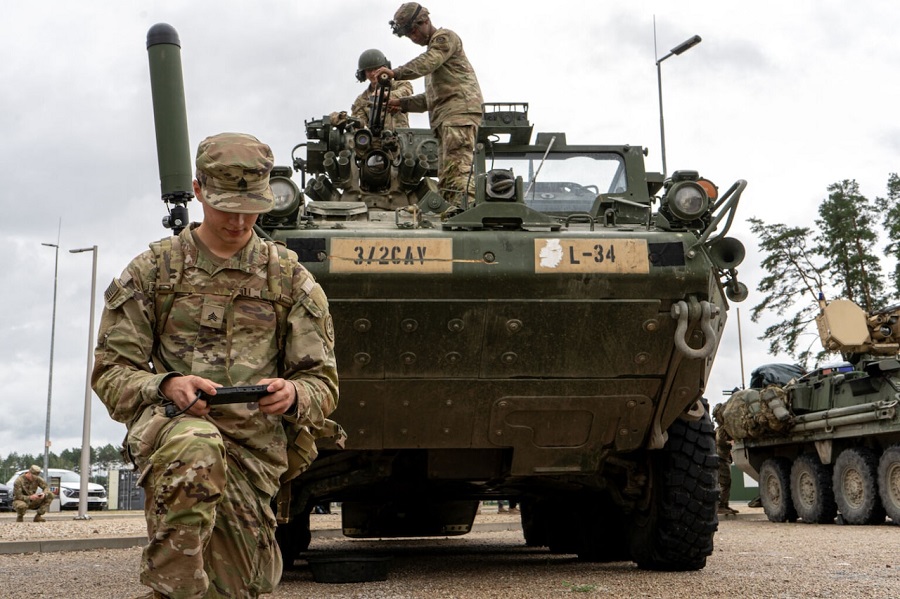







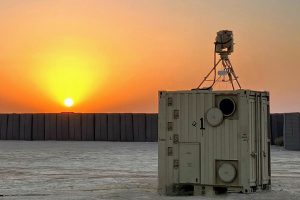

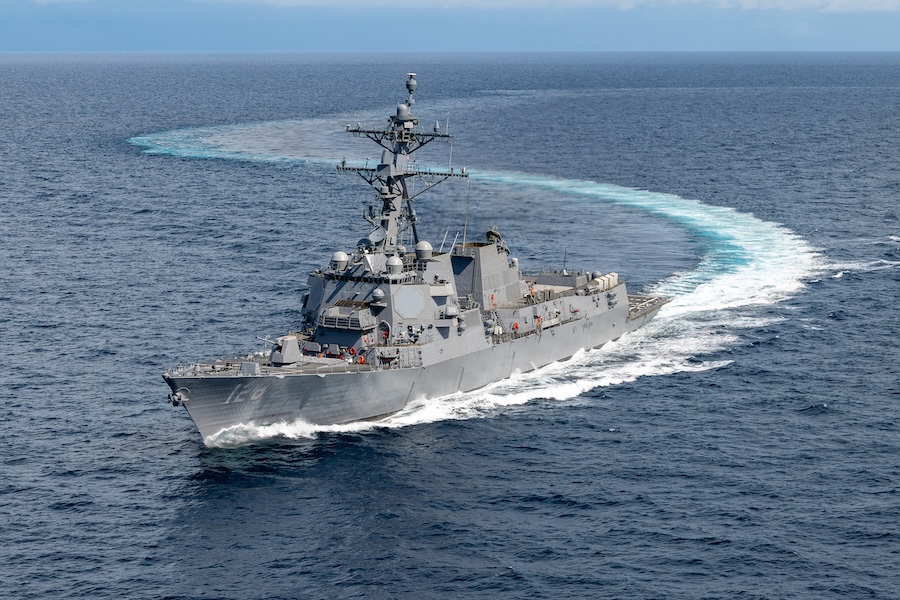
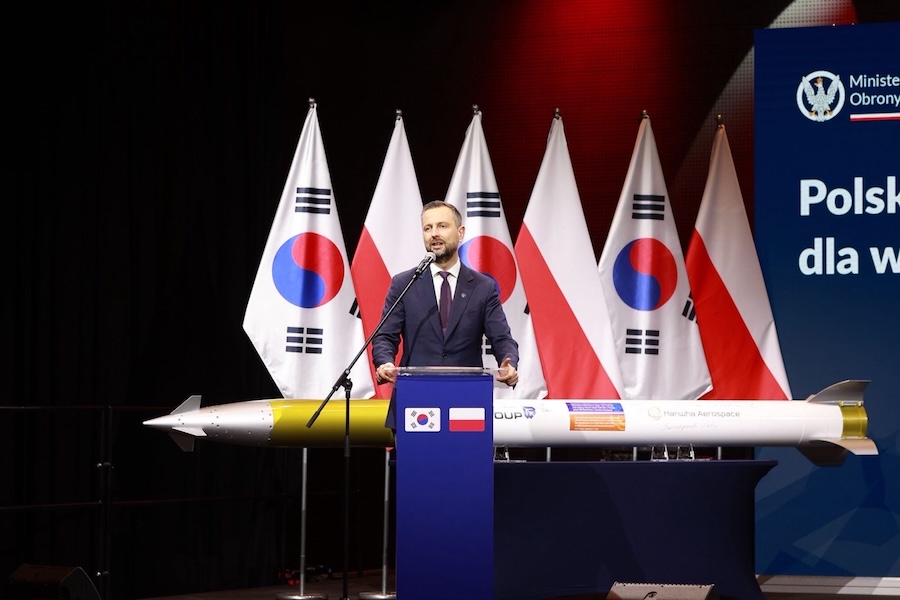
![ASELSAN’s Tolun bunker-buster destroys helicopter beneath concrete in successful Akinci test firing [VIDEO]](https://defence-industry.eu/wp-content/uploads/2025/12/aselsans-tolun-bunker-buster-destroys-helicopter-beneath-concrete-in-successful-akinci-test-firing-video.jpg)
